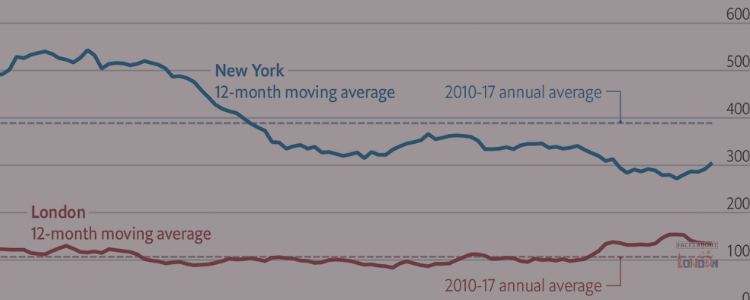London, as one of the largest and most diverse cities in the UK, often draws attention to its crime rate. Understanding how London’s crime statistics compare to those of other UK cities provides a broader perspective on safety concerns. In this blog post, we’ll delve into the crime landscape of London, examining statistics and making comparisons with other urban centers across the country.
London’s Crime Rate in Context:
While London’s size and population can lead to higher absolute numbers of reported crimes, it’s crucial to consider this in relation to its immense size and diverse demographic. Additionally, the vast majority of areas within London are safe and have crime rates comparable to or lower than other UK cities.
Comparative Analysis:
Violent Crimes:
When compared to other major UK cities like Manchester, Birmingham, and Glasgow, London’s rates of violent crime are generally in line with what one might expect for a city of its size and diversity.
Property Crimes:
Property crimes, including burglary and theft, tend to vary depending on the specific areas within cities. While London does experience property crime, it’s not significantly higher than in other major urban centers.
Drug-Related Offenses:
London, as the largest city, tends to have higher numbers of reported drug-related offenses. However, this is often reflective of higher law enforcement presence and resources.
Factors Influencing Crime Rates:
Population Density:
London’s high population density can lead to higher reported crime rates. More people in a given area can lead to more interactions and incidents.
Socioeconomic Factors:
Areas with higher levels of poverty tend to have higher reported crime rates. This is a common trend across all urban centers.
Policing Strategies:
Effective policing strategies and community engagement can have a significant impact on reducing crime rates.
Local Initiatives:
Specific local initiatives and community programs can make a difference in improving safety and reducing crime in particular areas.
Conclusion:
London’s crime rate, when viewed in the context of its size and diversity, is not significantly out of line with other major UK cities. While challenges exist, the majority of neighborhoods in London are safe and vibrant places to live and visit. Addressing crime requires a multifaceted approach, including community engagement, effective policing, and broader societal changes. By understanding the complex factors at play, we can work towards creating safer, more inclusive communities for all residents of London and the UK as a whole.

Author: Jon Tabner
Hi! I’m Jon Tabner, I am a Graphic Designer, Blogger and Marketing Executive in profession. Exploring new things, innovation and designing is my passion. Now working as head of Graphic Designing & Marketing Executive team at Print In London and currently I am based in London. I love using my design knowledge to inspire small businesses to think outside the box when designing their print.

